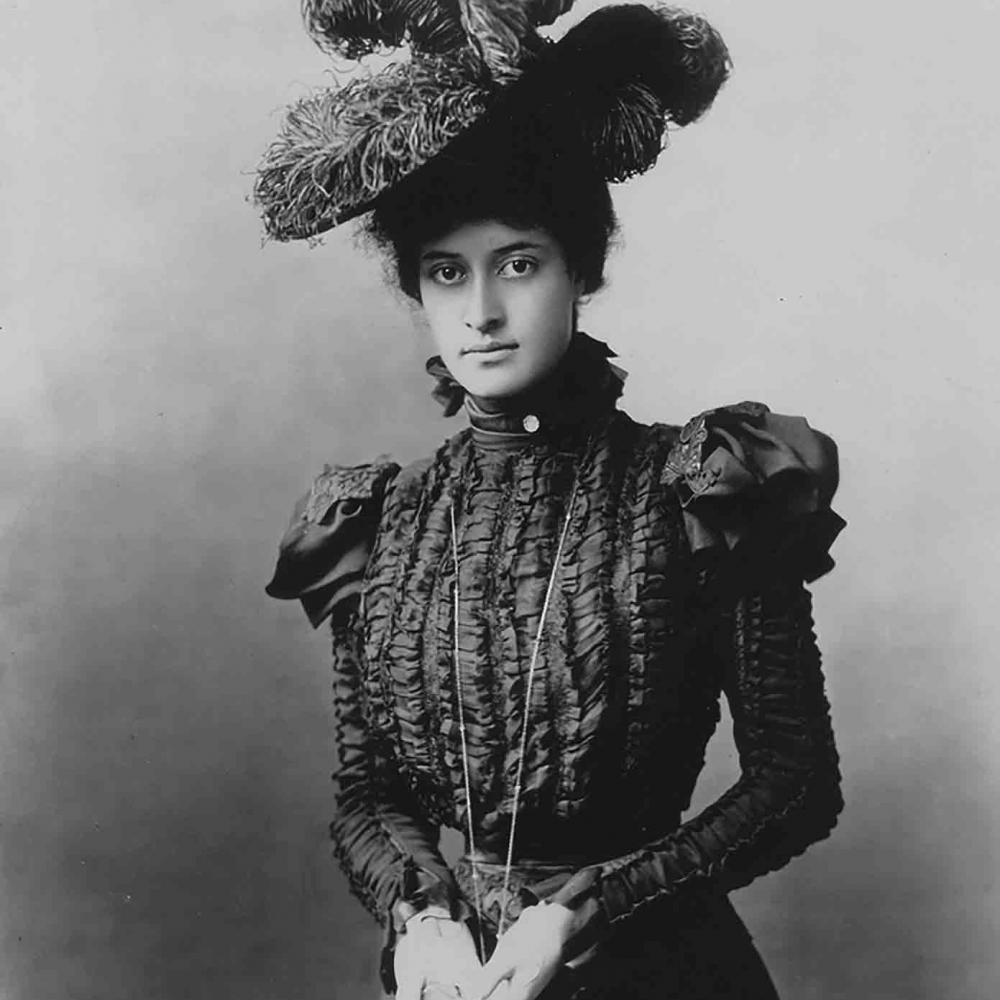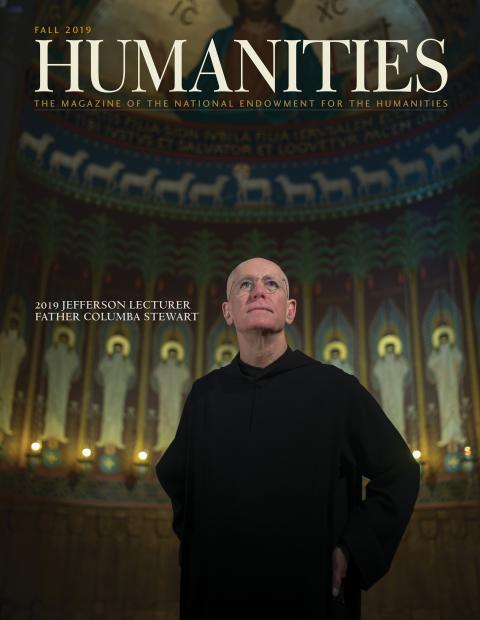Ka‘iulani is haunted. Someone fell from the balcony of the Sheraton Princess Ka‘iulani Hotel and, on another occasion, a hotel room caught on fire from a cigarette. The 2008 production of the film Princess Ka‘iulani was cursed. Production assistants heard voices and saw unexplainable shadows during filming at ‘Iolani Palace. The film was already shrouded in controversy as Kānaka (native Hawaiian people) questioned the film’s historical accuracy and protested its production. In an ominous turn of events, one of the production managers working on the film died in a tragic accident at the Sheraton Princess Ka‘iulani Hotel during preproduction. Were these “accidents”? Was it just their imaginations? Was it simply bad luck? Something else? Are they a reminder of the contested histories in Hawai‘i and claims to power that include the spirits of those no longer living?
A ghost tour of Waikīkī invokes Ka‘iulani’s memory at the hotel named after her. The existence of these tours should give us all pause. Being haunted in a certain place reminds us that something important, uncanny, or unresolved happened there. These feelings are common in Hawai‘i. Hawaiian history, culture, and governmental politics haunt the public sphere in Hawai‘i: something remains unfinished. The ghostly presence of Ka‘iulani gestures to how Hawai‘i came to be part of the U.S. and how it also became a tourist destination.
Princess Victoria Kawēkiu Ka‘iulani Kalaninuiahilapalapa Cleghorn was born October 16, 1875. Her birth was celebrated widely as the highest-ranking royal birth of the Kalākaua dynasty. But her death on March 6, 1899, was controversial. Some say she died of pneumonia brought on by inflammatory rheumatism. Was her death a result of horseback riding in the rain in Waimea on the big island of Hawai‘i, or did she die of a broken heart, as the San Francisco Morning Call reported? Since her death, she has continued to be memorialized in hula, mele (song), film, and other performances in Hawai‘i and around the globe. An elementary school in Nu‘uuanu, Honolulu, is named after her. She is memorialized with an annual keiki hula festival in October, usually around the time of her birthday. The event is hosted by the Sheraton Princess Ka‘iulani Hotel and involves a reenactment of the royal court of the Hawaiian Kingdom. The hotel sits on the site of her former home at ‘Ainahua. In 1999, a statue of her was built in Waikīkī, commissioned by Outrigger Enterprises to demonstrate its commitment to Hawai‘i’s past.
Ka‘iulani was named crown princess by her aunt, Queen Lydia Lili‘uokalani, on March 9, 1891. Educated in England, she traveled across Europe and the U.S. in her early twenties, spreading awareness about the U.S. overthrow in 1893. As an emergent head of state, Ka‘iulani carried her kuleana (responsibility) boldly, protesting the overthrow of the kingdom by writing letters to American newspapers, taking on Lorrin A. Thurston, one of the architects of the overthrow. She accused him of conspiring to keep her away from Hawai‘i so that he and other annexationists could steal the throne. The unexpected loss of the “hope of Hawai‘i”—as Ka‘iulani has been called—seemed to foreclose the future of the Hawaiian Kingdom, making way for the ascendancy of the American empire.
Today, Ka‘iulani’s story is easily packaged for feminist audiences of all ages and backgrounds. The film Princess Ka‘iulani portrays her as a princess from a romantic faraway place who falls for the son of a wealthy Scottish businessman. But she does not give up her country for love, which the film affirms in a crucial scene: “Do you think I love you more than my country?” Ka‘iulani was not seduced by empire; she in fact turns away from it, remaining loyal to her kingdom. Couched in a universal feminist narrative of a young, intelligent, beautiful princess that young women, anglophiles, and Kānaka Maoli can latch onto, Ka‘iulani’s story still cannot be fully managed by historical accounts. Ka‘iulani defied perceptions and expectations of women of her generation, class, and race.
As a royal woman in the late nineteenth century, Ka‘iulani was subject to constant surveillance by the global press, in Hawai‘i, on the U.S. continent, and across Europe. Ka‘iulani was known around the world for her intelligence and attractiveness; American newspapers consistently ran stories about her—or, rather, her looks. On March 2, 1893, the San Francisco Morning Call described her as a “beautiful young woman of sweet face and slender figure,” remarking on her dark skin and soft eyes, which are “common” among the Hawaiians. While this was a typical characterization of her, other descriptions seemed to be shocked by her “intelligence,” attributing her education to her royal status and her father’s Scottish bloodline, instead of a valued Kānaka characteristic. In an interview with the Morning Call shortly after Ka‘iulani’s death, Colonel Macfarlane, a close family friend, described her as having “the dignity of an English aristocrat and the grace of a creole.” Macfarlane attributes Ka‘iulani’s civilized and dignified demeanor to her Englishness and her colonial training, in spite of her nativeness. Although seemingly intended as a compliment, Macfarlane’s own perceptions reflect the racial logics of the time.
In contrast, Hawaiian-language newspapers wrote about Ka‘iulani with the utmost respect, expressing deep aloha (affection) toward her. Notably, in Hawaiian-language newspapers featured in the 1890s, Ka‘iulani is honored in name songs, comparing her to sacred vines and noting that her voice and presence bring joy to Hawai‘i. Outsiders might remember Ka‘iulani for her beauty; we remember her for her political resistance and her commitment to the Hawaiian people.


